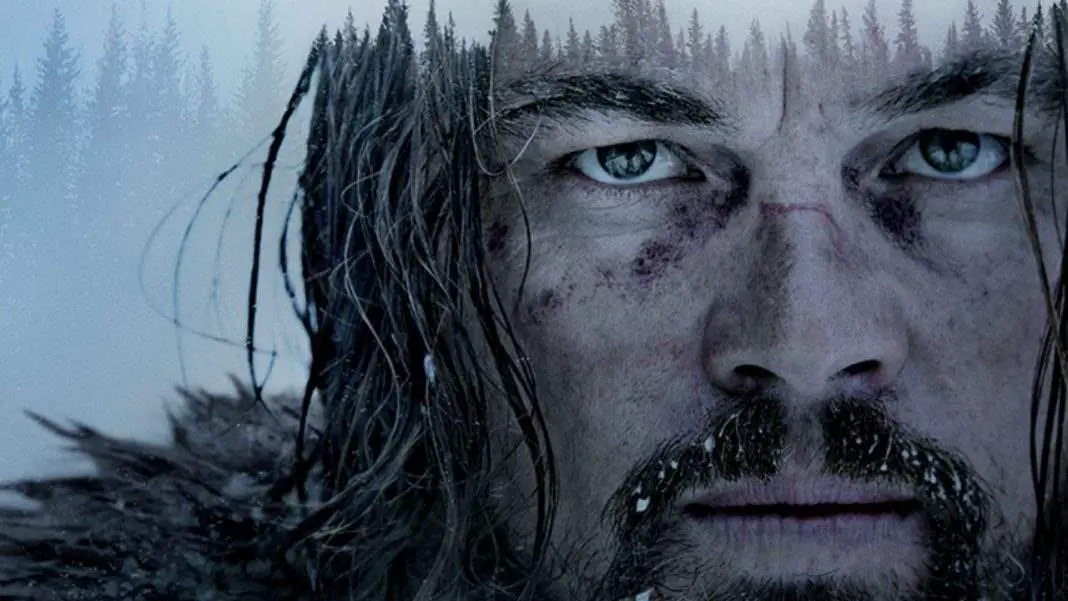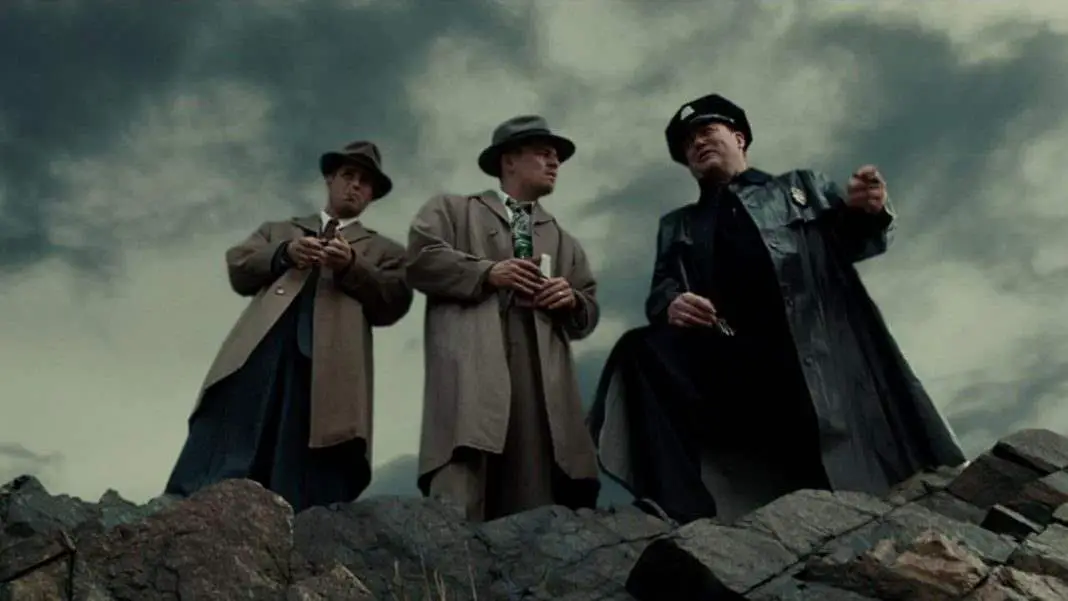Erik Larson’s The Devil in the White City is an historical novel that takes real people and events and utilizes them in a fictionalized format. There are embellishments, of course, but for the most part, Larson is accurate as he parallels two real men, Daniel Burnham and H.H. Holmes (who was recently loosely profiled on the latest season of American Horror Story).
Burnham was the chief architect of the Columbian Exposition (otherwise known as the Chicago World’s Fair) held in 1893 and H.H. Holmes is commonly believed to be one of America’s first documented serial killers, with 9 confirmed kills, 27 confessed murders, and a combined estimate of 200 murders overall.
The Devil in the White City outlines the interesting relationship between Daniel Burnham and H.H. Holmes when, unbeknownst to each other, the creation of Burnham’s Chicago’s World’s Fair offered Holmes a series of victims for his murder spree. Leonardo DiCaprio bought the rights to the property in 2010, and a feature film is slated for release in 2017, with the Oscar-winning actor set to play Holmes.
H.H. Holmes, a pseudonym for his less impressive birth name, Herman Webster Mudgett, was a con-man and serial killer, most active in Chicago, IL during the years of the World’s Fair. Born to humble beginnings in New Hampshire in 1864, Holmes’s early life was plagued by a violent, alcoholic father and intense bullying from classmates who were reportedly jealous of his intelligence. Holmes later wrote in his memoir that, during his boyhood years, bullies placed him in front of an articulated human skeleton, which allegedly sparked his obsession with death.
After graduating high school early, Holmes attempted to teach, attend college, and maintain a marriage, but did not meet with any success until he graduated from the University of Michigan’s Medical program and became a doctor. He soon left Michigan, abandoning the first of his three wives and his first child, to travel around until he settled in Chicago, retaining a job at a drugstore where he proved himself a worthy employee.
The owner, Elizabeth Holton, was enthralled with him and following the death of her husband, Holmes purchased the drugstore with loans placed against the building. However, following the purchase, Holton was mysteriously never seen again. The location of the pharmacy was placed across the empty lot which would eventually house Holmes’s infamous murder castle, which was disguised as a hotel for visitors to the fair.
The murder castle was comprised of three floors, the ground floor containing Holmes’s pharmacy, which he moved there after building it, and the top two floors established an odd floor plan that confused most visitors. The second floor was home to Holmes’s office and housed the the hotel guests, but there were strange hallways, stairs that led to nowhere, doorways with no rooms, and random openings spread throughout the second and third floors.

During the building of the castle, Holmes would either kill or fire those he hired to work for him, so nobody knew what the actual dimensions of the property were. He purchased services and goods for the castle on loans and credit, none of which he ever intended to pay back, managing to hold collectors off with charisma and empty promises. Additionally, because most of his victims were guests in the castle, distraught families would wire the Chicago P.D. to let them know that their loved ones disappeared after entering Holmes’s hotel, but the police never saw a connection, even though they were there several times looking for victims.
The end of the World’s Fair brought creditors fed up with Holmes’s excuses and a suspicious private detective hired by an insurance company who was unimpressed with Holmes’s attitude. Holmes fled to Texas to reside on land he conned from a woman whom he wooed and later killed. While attempting to make another murder castle there, Holmes got involved with an act of insurance fraud with an accomplice, Benjamin Pitezel. The two planned to fake Pitezel’s death and claim the money, but instead Holmes actually killed him.
It was this plot that ultimately led to his arrest and capture because the insurance company sent detectives after Holmes to uncover his intentions and stumbled upon him in the midst of killing Pietzel’s children. If it wasn’t for the dogged insistence of the insurance company, we may have never known about Holmes and his murders.
As it happened, Holmes was found guilty of the murder of Benjamin Pitezel in 1895 and, after confessing to thirty other murders, was sentenced to death by hanging. Then, after describing his murders at the castle, police searched the basement and found the bones of other victims, but the building burned down under mysterious circumstances so the true death toll is still unknown. Herman Webster Mudgett died by hanging for the murder of Pitezel and his legacy was born upon his death.
 The Devil in the White City is an incredible novel and, although the section describing Daniel Burnham’s exploits is less gripping, it still should make for an interesting film adaptation.
The Devil in the White City is an incredible novel and, although the section describing Daniel Burnham’s exploits is less gripping, it still should make for an interesting film adaptation.
This book gives a great sense of the United States at that time and how, after the magic of the World’s Fair, the events following the Holmes saga seemed to dismantle the innocence of the time. Even this quick summarization of the killer’s life’s work depicts maybe half of his misdeeds, but it is more than enough fodder to fill a feature length production.
Even if the movie itself doesn’t live up to expectations (few adaptations do), The Devil in the White City is sure to be entertaining.
Details on the movie are scarce at the moment, but what is known is that while DiCaprio is one of the producers, as well as the star, the film will be directed by Martin Scorsese (Goodfellas and The Wolf of Wall Street) and written by Billy Ray (Captain Phillips and The Hunger Games).
Keep an eye on Wicked Horror for more details on this project as they become available.




